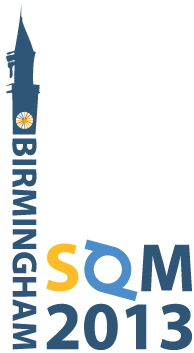Speaker
Prof.
Subrata Pal
(Tata Institute of Fundamental Research, Mumbai)
Description
The production of light nuclei, hypernuclei and their antiparticles in relativistic energy heavy ion collisions are explored within a relativistic Hagedorn Resonance Gas (HRG) model. In the HRG model the unknown heavy-mass resonance spectra is characterized by an exponentially growing Hagedorn states that undergo sequential binary emission of lighter resonances and stable hadrons till all the energy is exhausted. Binary collision between the particles during space-time
evolution may regenerate the resonance thereby maintaining detailed balance. The production yield of (hyper)nuclei and exotic multistrange hypernuclear objects will be presented over a wide collision energy range from the AGS/BNL to the LHC/CERN. We find abundant antinuclei production and their reconstruction thus becomes feasible at the RHIC and LHC energies where the net baryon densities are relatively small. At center-of-mass energy of 8-20 GeV, relatively large baryon
density and moderate strangeness provide the ideal energy regime for the observation of multistrange hypernuclear objects.
Author
Prof.
Subrata Pal
(Tata Institute of Fundamental Research, Mumbai)
